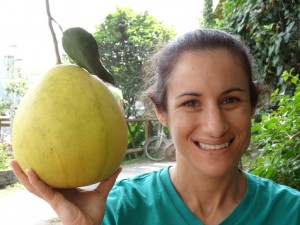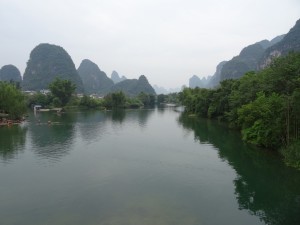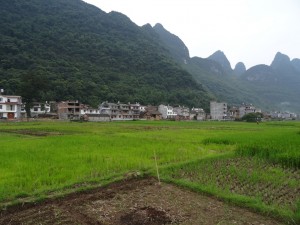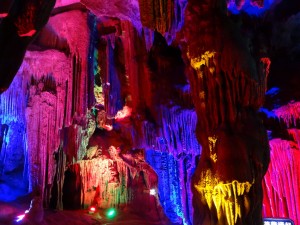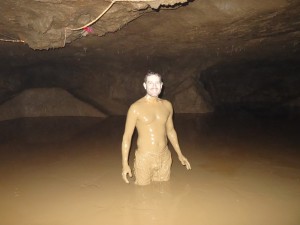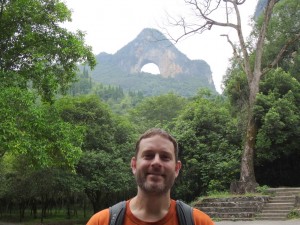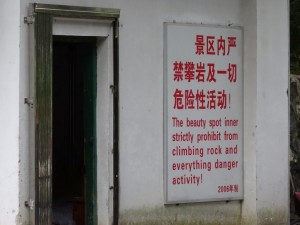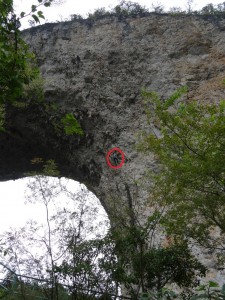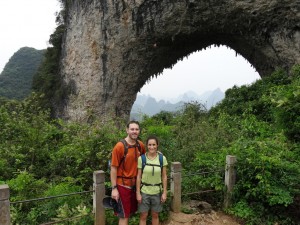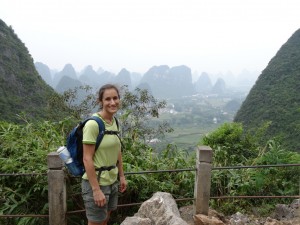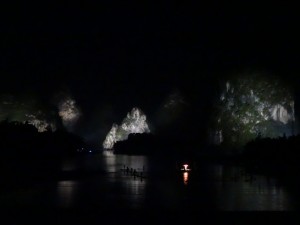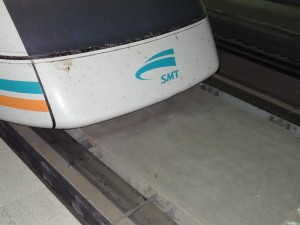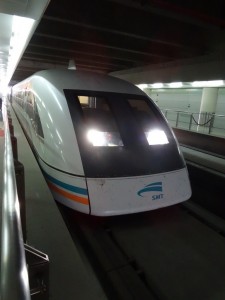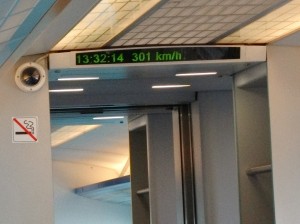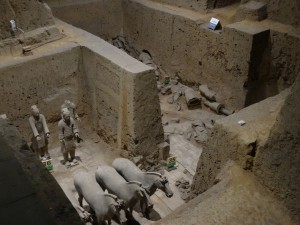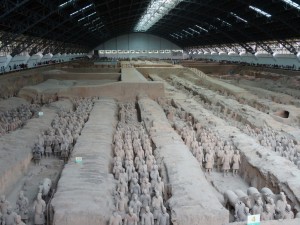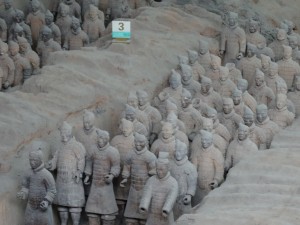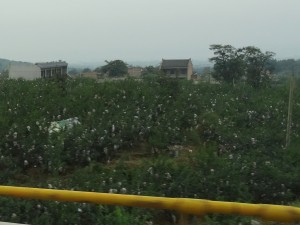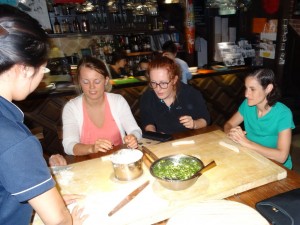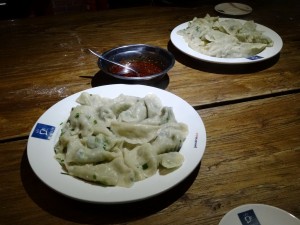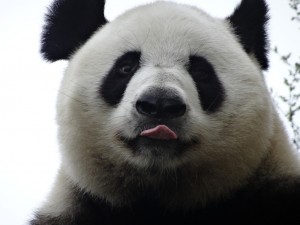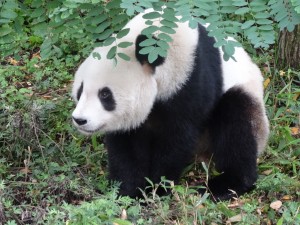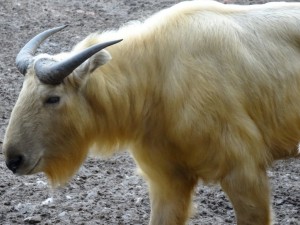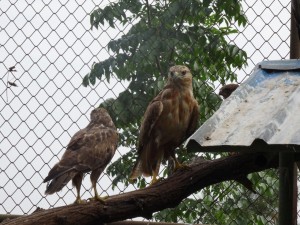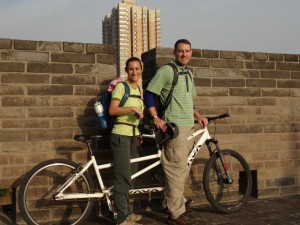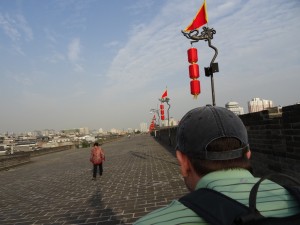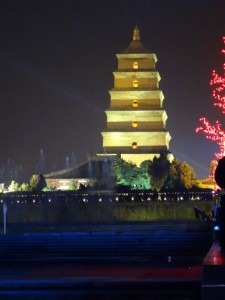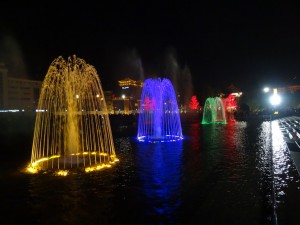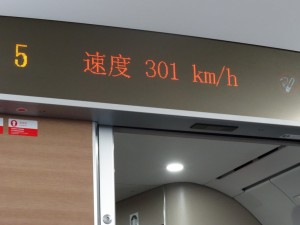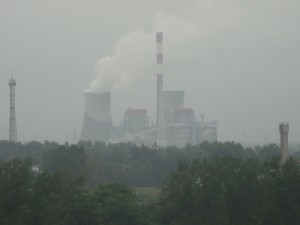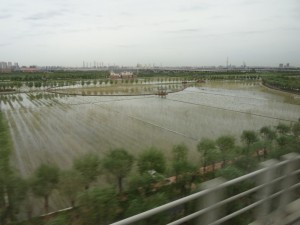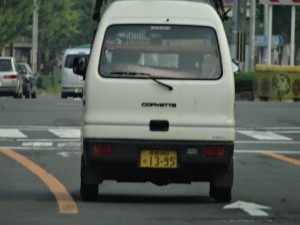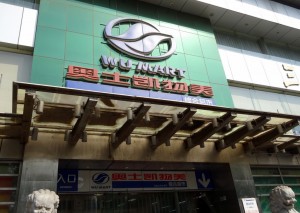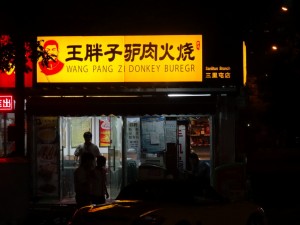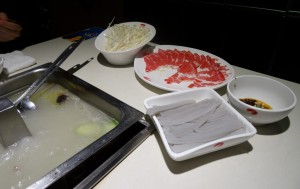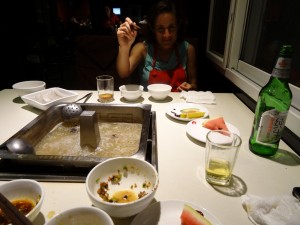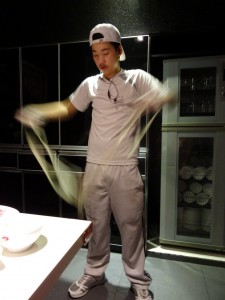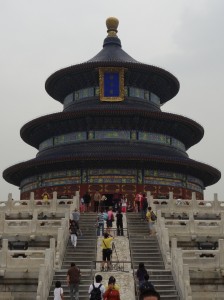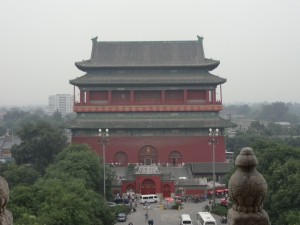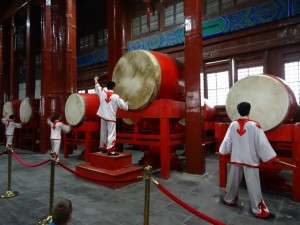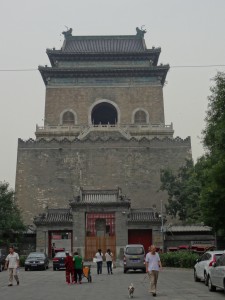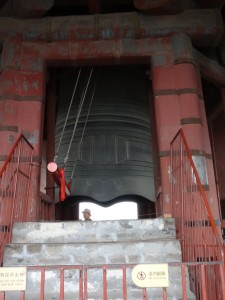We arrived in Shanghai Thursday afternoon, at which point Ryan promptly took a nap and I did some laundry. Ryan doing laundry:3, Nicole doing laundry:1
Dinner was at a very western wine bar (we were hungry, our original Chinese restaurant destination wouldn’t seat us because they closed in 20 minutes, and did I mention we were hungry?), where a big group of friends were celebrating a birthday and gave the entire restaurant slices of birthday cake. Always a good way to start a meal. This was followed by a walk along the Bund to enjoy the Shanghai night skyline.

Shanghai is a huge metropolitan city, and was mostly a spot for us to do a little bit of relaxing and recharging. The city houses some of the tallest buildings in the world, which we enjoyed a view of from the 87th floor bar at the Park Hyatt hotel in the Shanghai World Financial Center building (6th tallest skyscraper in the world). Here we were able to see the Oriental Pearl Tower, the Jinmao Tower (ranked 16th tallest), and the new Shanghai Tower currently being built (to be the 2nd tallest). We ate some delicious Shanghaiese food; dumplings with pork and crab roe, shrimp spring rolls, and pork dumplings, our most expensive meal yet, but it did cover both lunch and dinner. The evening was spent at the acrobatic show in the Shanghai Centre Theatre, some Cirque-like acts, some circus-like acts, a group of girls juggling while on unicycles, overall a fun night.
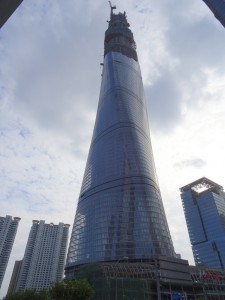
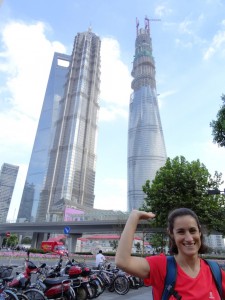
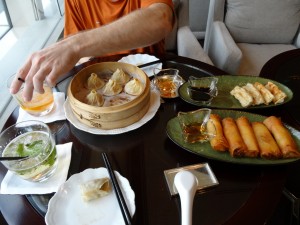
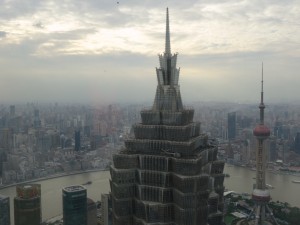
Saturday we hopped a train to a bus to Tongli, one of the ancient canal towns outside of Shanghai. The town contains many well preserved buildings from the Ming and Qing Dynasties. I was a little nuts, because we got a later start and the trip took longer than expected, and I didn’t think we’d have enough time to see things in the town. Ryan, the calming influence, convinced me it would all be fine, and it was. We visited Pearl Tower and the Tuisi Garden, a World Cultural Heritage sight.
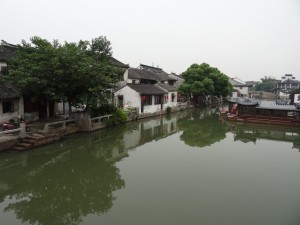
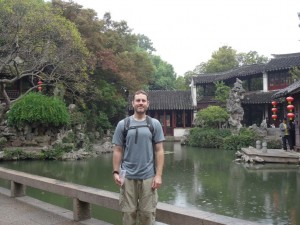
We also visited the Ancient Chinese Sex Culture Museum. (I mean, how could we pass this up?). Smiths, Strevigs, RDB – There was a display with Peruvian art, some of which looked very similar to RDB’s gift from Peru. The museum has an outdoor garden with nice sculptures, though I’m unsure what exactly some of them mean (the second one below?). We also tried some Tongli specialties; sesame cakes (yum) and green dumplings (Ryan says ok, I say not so great).
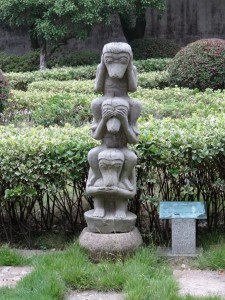
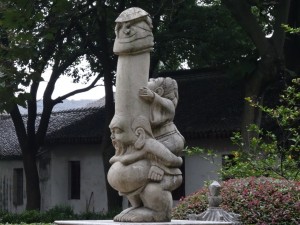
The bus to the train ride home had tired us out, and we were not too hungry after all the sesame cakes, so we decided “When in Rome” . . . and ate instant noodles for dinner. The Chinese really do eat instant noodles on a regular basis is seems. Dessert was green tea Kit Kats Ryan had picked up leaving Tokyo. They are awesome. We should totally import them to the U.S. The noodles look exactly like the picture on the container, right? Ryan spiced his up with some crunchy, spicy bugle-like snacks.
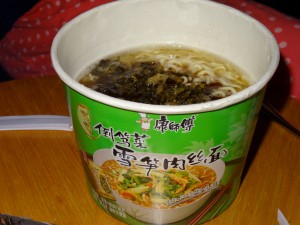
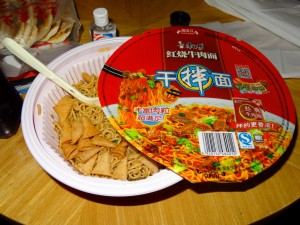
Ryan thinks he is finally starting to feel better. He’s had a cold since our second night in Kyoto. What is that? 2 weeks ago? Invariably, he gets sick anytime we travel out of the U.S.
It took a little while to figure out (searching for ‘things on roofs of Chinese houses’ does not yield very good results), but Bing (Google is very slow in China) informed me that the odd structures on top of many Chinese residences are solar water heaters. Very cool and environmentally friendly. The website I was reading talked about how inexpensive they are in China, but how they are very expensive in the U.S.
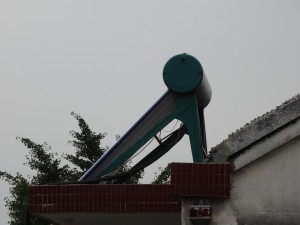
Oops, just realized Ryan was still logged in, so all this got written under his user. Oh well.
P.S. Congrats Dal on retirement! Enjoy your luncheon, wish we could have been there.

